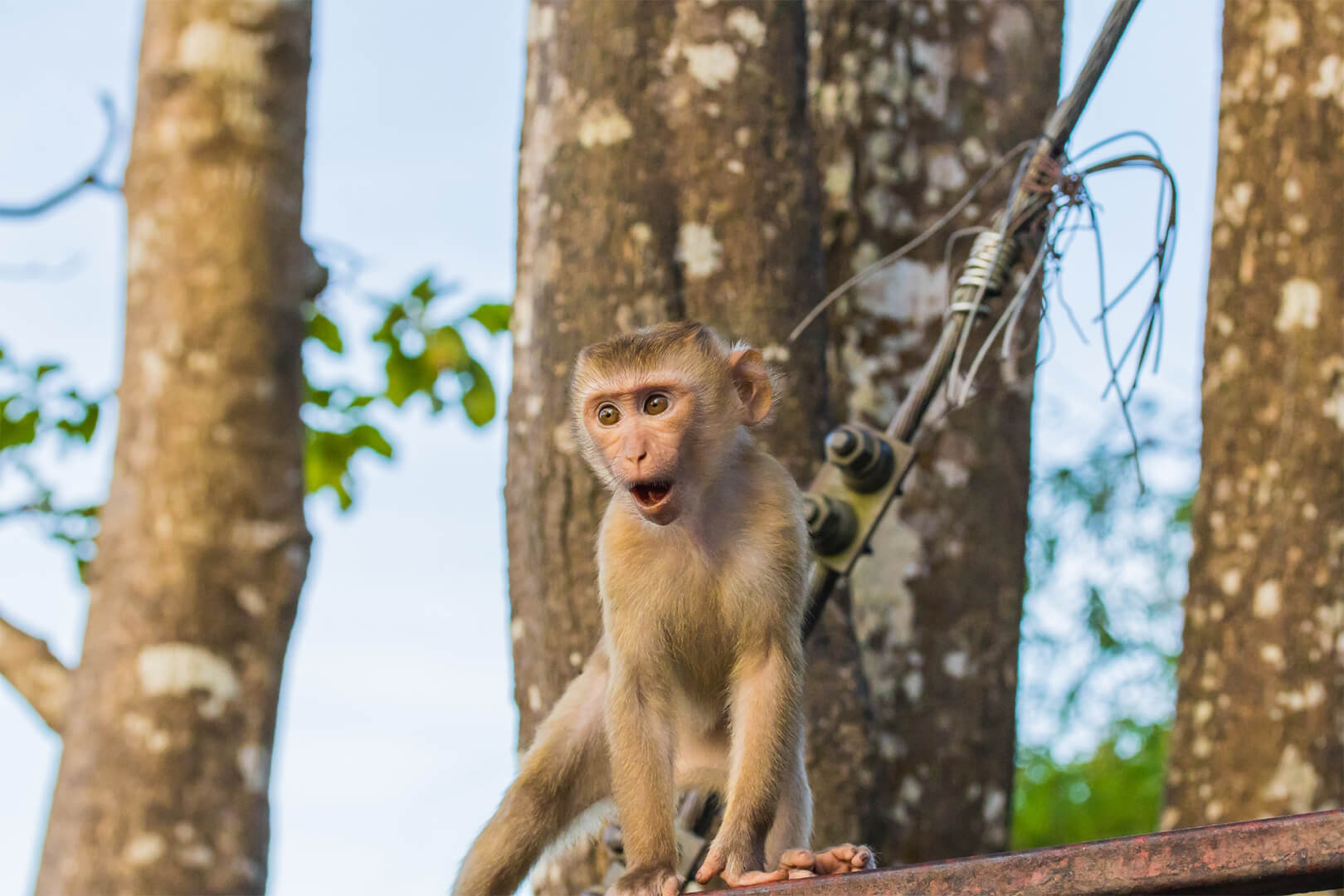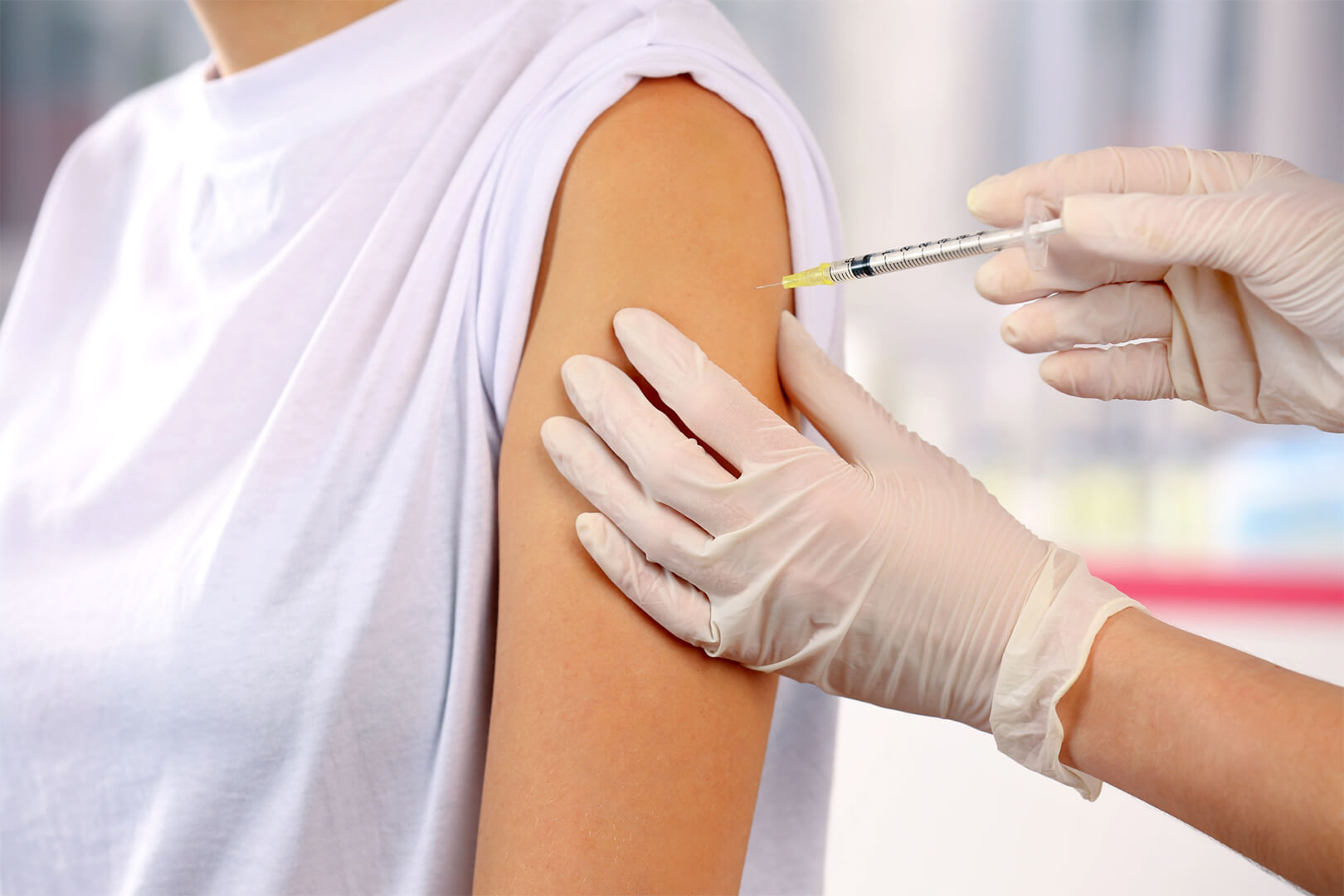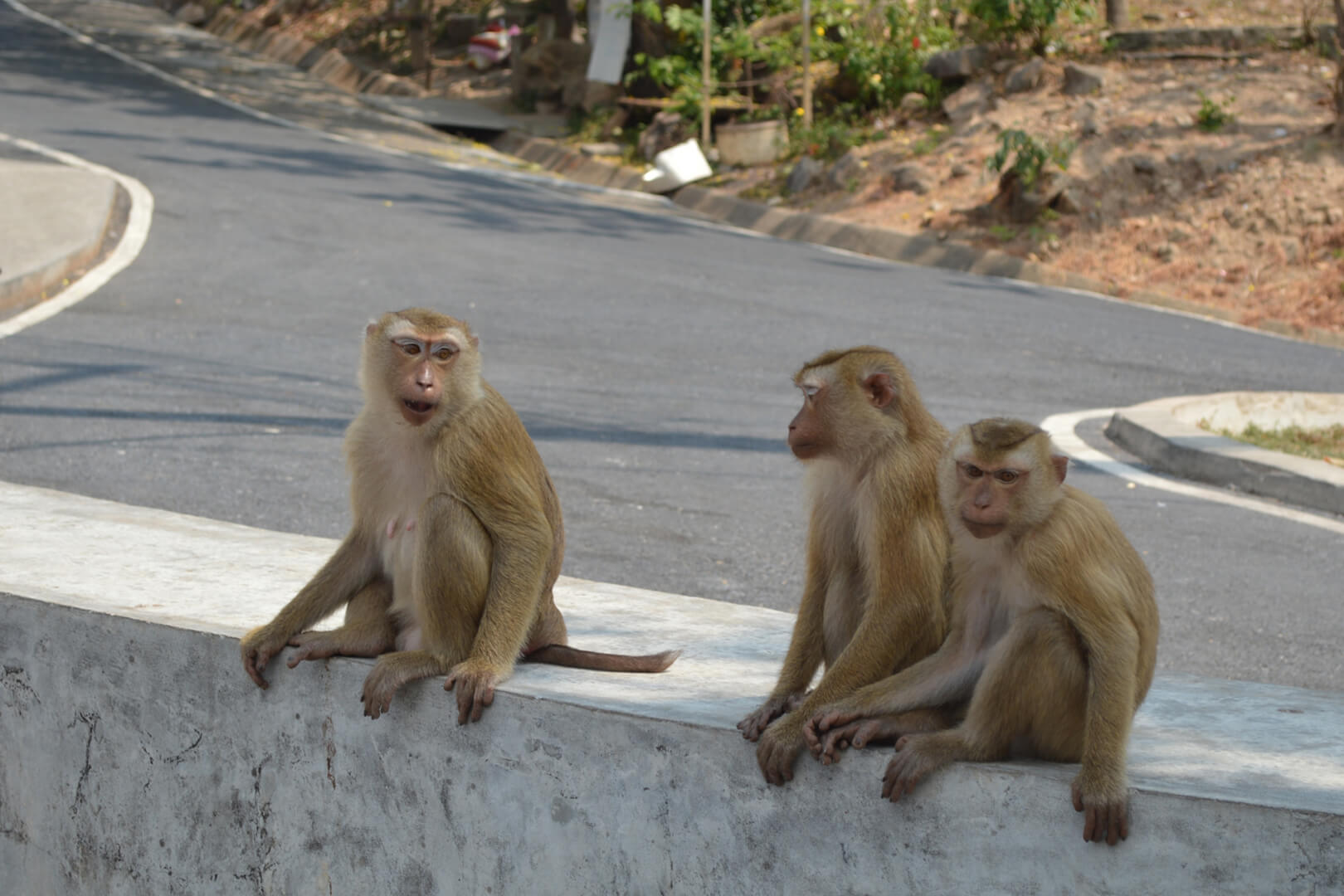Monkey bites, though less common than dog bites, pose unique health challenges that require immediate attention. A crucial first step after a monkey bite is to thoroughly clean the wound with soap and water to lower the risk of infection. Prompt cleaning helps to reduce exposure to viruses such as rabies or the herpes B virus, which are concerns with bites from macaques.
Travelers should be particularly cautious when visiting areas with free-ranging monkeys, like public parks. These settings often expose visitors to potential bites due to close encounters with macaques. Understanding how to prevent and respond to these situations can greatly reduce the likelihood of injury and infection. Simple preventive measures include keeping a safe distance from monkeys and refraining from feeding or approaching them.
In parts of the world like India, monkey bites account for a significant portion of animal bite injuries. Awareness and proper care can mitigate the risks linked with these incidents, making travel and interaction safer.
UNDERSTANDING MONKEY BITES
Monkey bites are a significant concern due to their potential to cause injuries and transmit diseases like rabies and herpes B virus. It is important to recognize the types of bites and understand the motivations behind these interactions to effectively prevent and address such incidents.

TYPES OF MONKEY BITES
Monkey bites vary in severity depending on the circumstances and the species involved. Superficial bites usually result in minor scratches or marks, often not breaking the skin significantly. They may cause irritation but generally heal without complications.
Deep bites, on the other hand, penetrate further into the skin, potentially damaging muscles or tendons. These bites are more concerning due to the increased risk of infection. Lacerations might also occur during aggressive encounters, causing ragged wounds that require thorough cleaning and medical attention.
COMMON CAUSES AND MOTIVATIONS
Interactions between humans and monkeys can often lead to bite incidents. One common reason is the presence of food, as monkeys may become aggressive while attempting to grab food from humans. Feeding monkeys can escalate their boldness and lead to increased bite risks.
Territorial behavior can motivate aggressive encounters. Monkeys may bite to defend their space, especially in areas where humans encroach on their habitat. Fear-induced bites also occur when monkeys feel threatened or cornered.
Understanding these motivations is crucial for preventing bite incidents. Avoiding direct interaction, not feeding monkeys, and maintaining a safe distance are effective strategies to reduce risks and ensure safety during encounters with these primates.
MEDICAL ASPECTS OF MONKEY BITES
When dealing with monkey bites, it is crucial to address immediate first aid, manage infection risks, and consider necessary medical follow-up and vaccinations. Each of these aspects plays a critical role in ensuring proper care and preventing complications.

IMMEDIATE FIRST AID RESPONSE
Prompt first aid is essential following a monkey bite. The wound should be washed thoroughly with soap and water for at least 15 minutes to reduce the risk of infection. Clean the area gently but thoroughly to remove any potential pathogens.
Following cleaning, apply an antiseptic solution to the wound. Keep the affected area elevated if possible, as this may help reduce swelling. It’s important to seek medical attention to assess the wound further and ensure no foreign materials are embedded in the injury.
INFECTION RISKS AND TREATMENT
Monkey bites carry significant infection risks, including rabies, tetanus, and Herpes B virus, particularly if macaques are involved. Rabies post-exposure prophylaxis (PEP) should be commenced immediately if the monkey is suspected to be rabid and monitoring for tetanus signs is recommended.
Antibiotic treatment may be prescribed to prevent bacterial infections. According to a study, standard vaccination guidelines should be followed to minimize the risk of tetanus. It is crucial for healthcare professionals to evaluate each case to determine the appropriate course of treatment.
MEDICAL FOLLOW-UP AND VACCINATIONS
Medical follow-up should be prioritized after initial treatment. This includes monitoring for signs of infection like increased redness, swelling, or pus at the wound site. Schedule blood tests if necessary to check for signs of viral transmission.
Based on the circumstances, vaccinations such as rabies prophylaxis or tetanus boosters may be administered. It’s important to consult a healthcare provider, particularly if there are concerns about specific viral exposures or if bitten in a region where such infections are prevalent.
Effective management of monkey bites requires attention to first aid, awareness of infection risks, and proper medical care to mitigate long-term health consequences.
LEGAL AND ETHICAL ISSUES
Navigating the legal and ethical concerns regarding monkey bites involves understanding both reporting requirements and the impact on conservation efforts. These aspects highlight the responsibilities and implications for communities and authorities.

REPORTING REQUIREMENTS
When it comes to monkey bites, laws often require that incidents be promptly reported to ensure public health and safety. Such regulations aim to track potential disease transmission, particularly rabies. In some regions, animal control or veterinary authorities need to be notified to assess and manage the risk of zoonotic diseases.
Filing a report may demand certain documentation, such as medical evaluations and incident descriptions. Compliance ensures that communities remain up-to-date with potential risks. Legal obligations may vary by jurisdiction, but the consistent theme is protecting both human and animal welfare through accurate record-keeping and timely communication.
CONSERVATION AND HABITAT PROTECTION
Conserving monkey habitats plays a crucial role in reducing human-animal conflicts, including bites. As urban development encroaches on natural habitats, monkeys often come into contact with humans, increasing the risk of interactions that lead to bites. Conservation efforts aim to maintain these natural areas, decreasing the likelihood of such encounters.
Programs focused on habitat protection not only safeguard endangered species but also foster ecosystems where animals can thrive without human interference. Ethical considerations involve ensuring sustainable development practices that prioritize biodiversity. Balancing human development with wildlife conservation is essential to minimize disruption to natural habitats, reducing the frequency of conflict-driven incidents.

